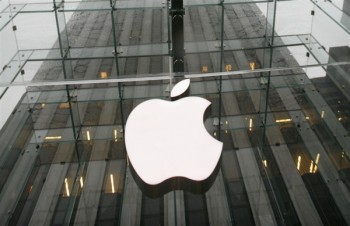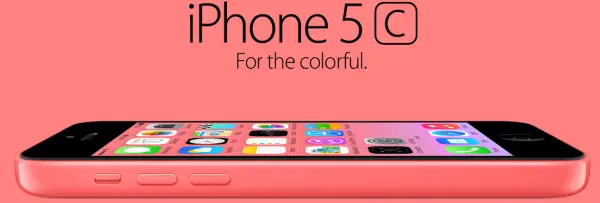
Did Apple’s Tim Cook call the entry-level Android market “junk” in this latest interview?
When rumors about the iPhone 5C first began to swirl, it was believed Apple would aim to bring a device that the masses could afford. What actually happened, though, was Apple introducing an iPhone at a starting MSRP of $100.
It’s cheaper than the starting MSRP for Apple’s main flagship line, but not exactly the “free” that many were hoping for. Perhaps expectations were set too high. The off-contract price doesn’t help matters either, as Apple is still pricing the iPhone 5C as a premium device in that area.
So what’s the big deal? Bloomberg Businessweek sat down with Tim Cook, Apple’s latest CEO, to find out their thinking behind the iPhone 5C. In the interview, Cook revealed that their goal wasn’t to introduce a phone for the “junk market” that those “other guys” are trying to capture, but to provide a premium device at a price tag that a lot more people are comfortable with.
Wait, what? If we didn’t know any better, we’d swear Tim Cook just tried to take a nasty jab at Android. That wouldn’t be that surprising, of course, considering the tongue-in-cheek shots they took at Android during their iPhone 5S and iPhone 5C event over a week ago.
It’s not news that Apple doesn’t like Android, but it does bring up an interesting point: should the entry-level market really be regarded as “junk?” That may have been an appropriate description at one point, but more and more OEMs are beginning to introduce affordable phones that actually hold their own in areas of performance, usability and user experience. Should companies avoid providing smartphone experiences to people who can’t otherwise afford to buy a smartphone?
Apple says no, but with a twist. When asked if it was difficult to create something new, head of software Craig Federighi responded: “New? New is easy. Right is hard.” He has a point, though you have to wonder whether Apple is simply making excuses for an increasingly stagnant pace in innovation. It’s an area the company has been scrutinized most heavily for within the past 2 years, with Android accelerating at a pace that even Google is having a tough enough time keeping up with.
Apple’s supposed strategy with the iPhone 5C seems a tad silly, then. If their sole goal was to introduce a product that could be sold at $100, why didn’t they just discount the previous iteration of the iPhone every year like they’ve always done? Instead of “replacing” the iPhone 5 with the iPhone 5C, why not just discount it? It sounds silly because it’s likely the case that isn’t their strategy at all.
By introducing a “lower cost” option alongside the more premium offering, Apple is basically splitting its business up into two segments and getting people to buy lesser devices while still making them feel new. It also helps preserve the idea that the iPhone is a premium line — instead of suggesting people go with iPhone’s previous iteration as a way to get a “cheap iPhone,” they will instead present you with an actual cheap iPhone, thus making the shiny, new feeling of the latest iPhone last even longer.
It would be fine if Apple’s pricing accurately reflected that message, but it doesn’t, and most people with a clue can see right through that. We’ll definitely be keeping a close eye on the guys in Cupertino to see if they were right all along, but we’re quite a bit of ways away from seeing how this new strategy holds up.


